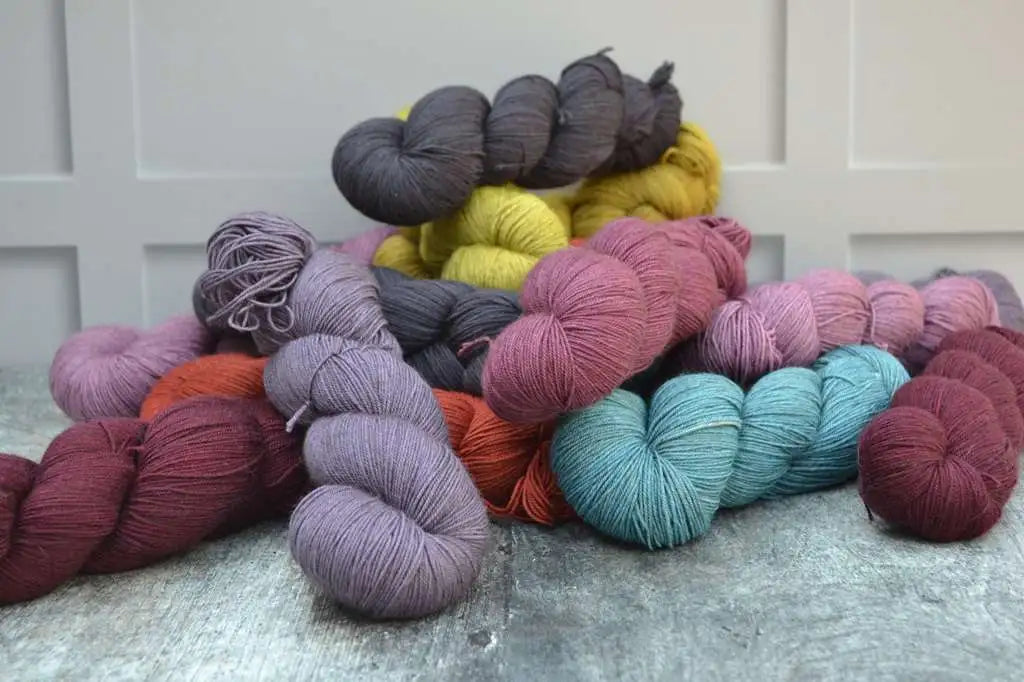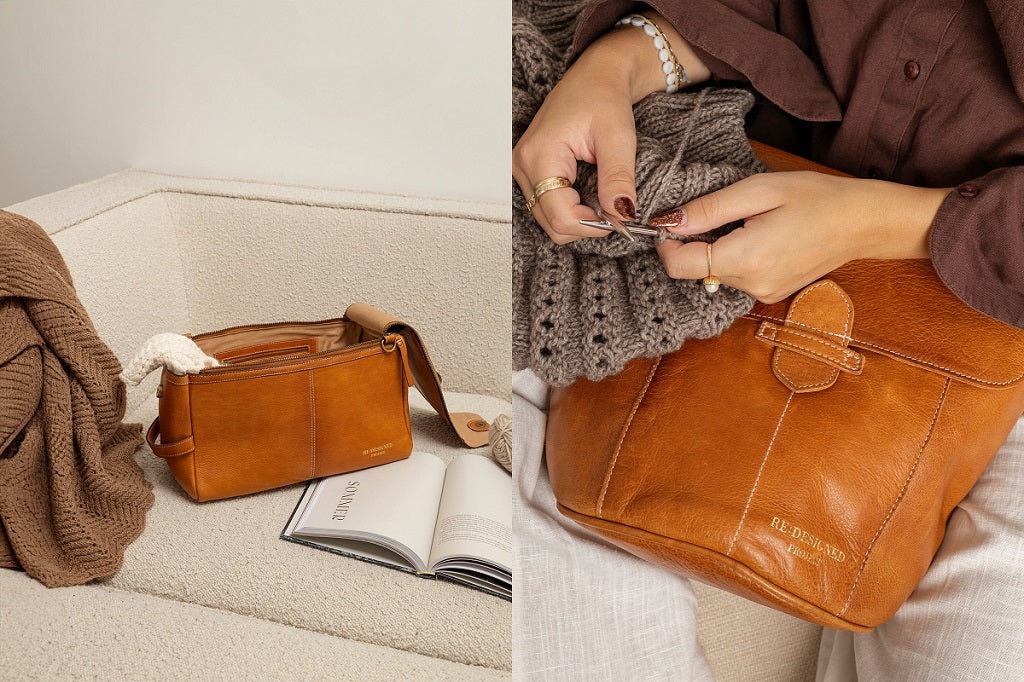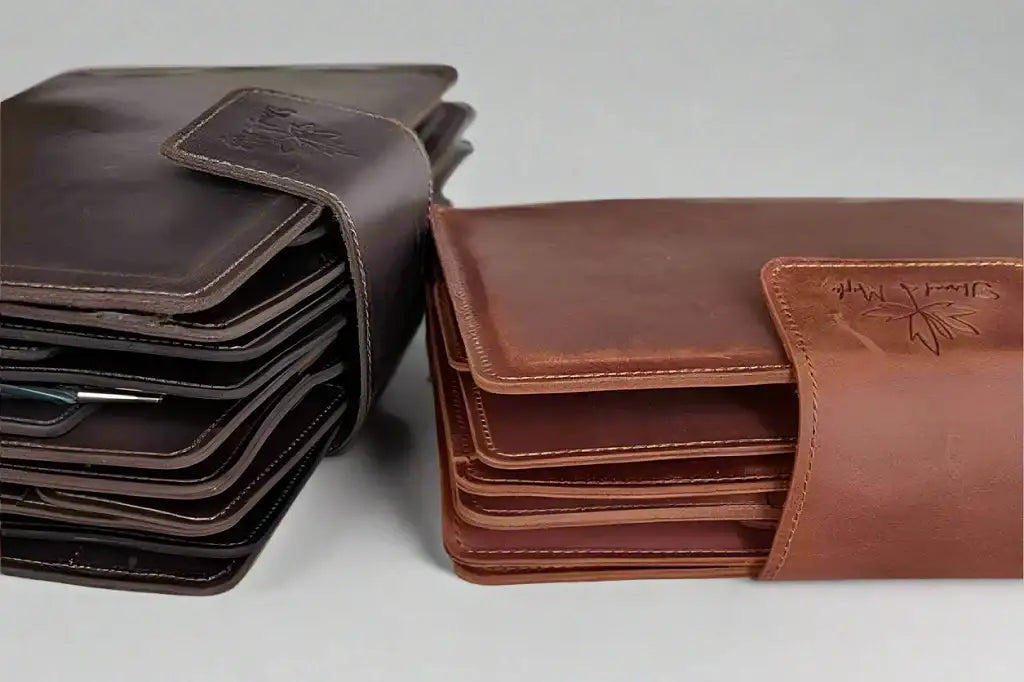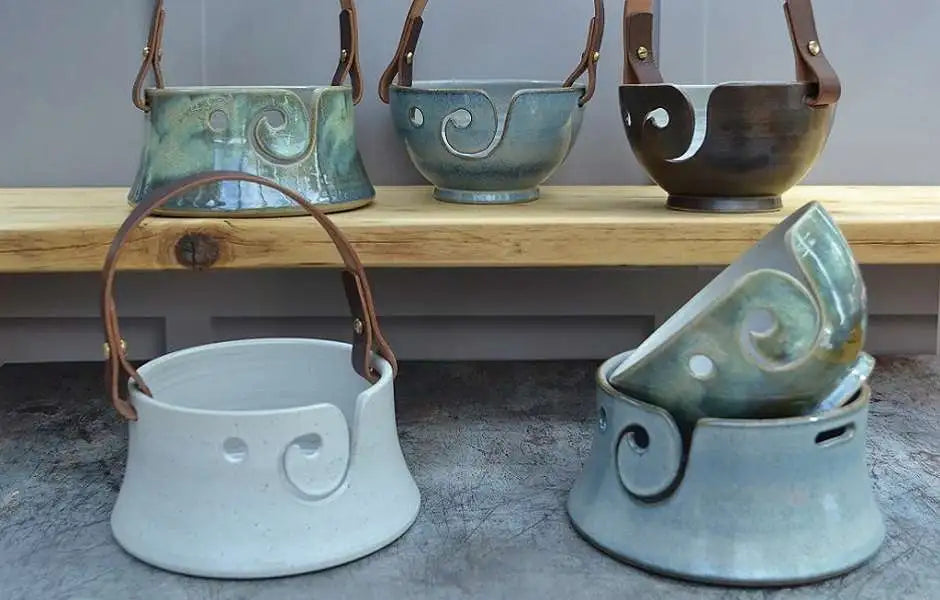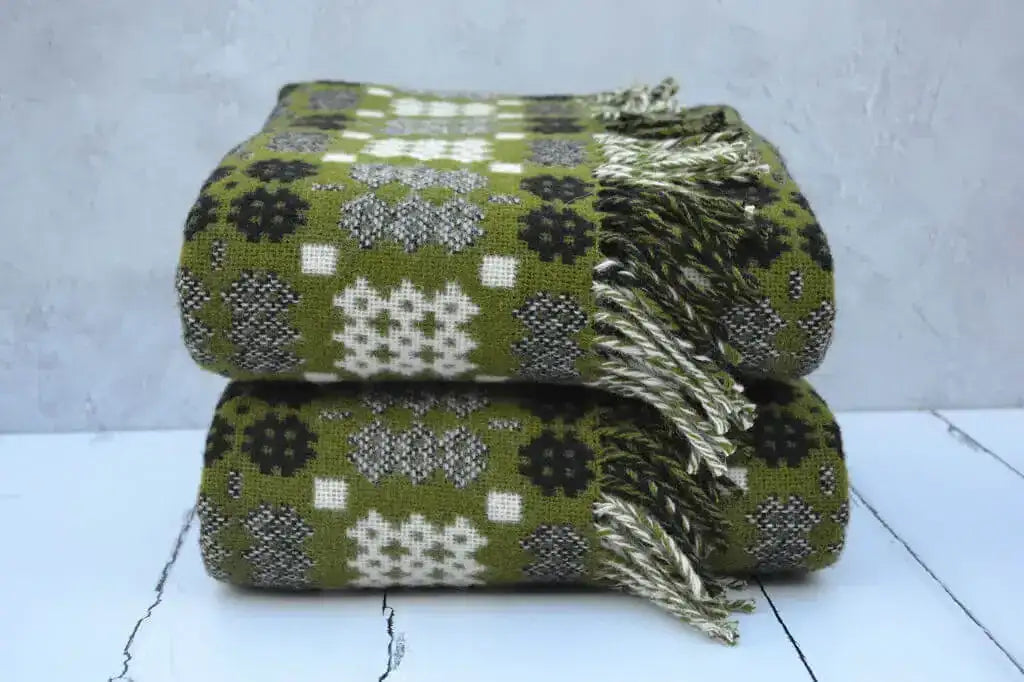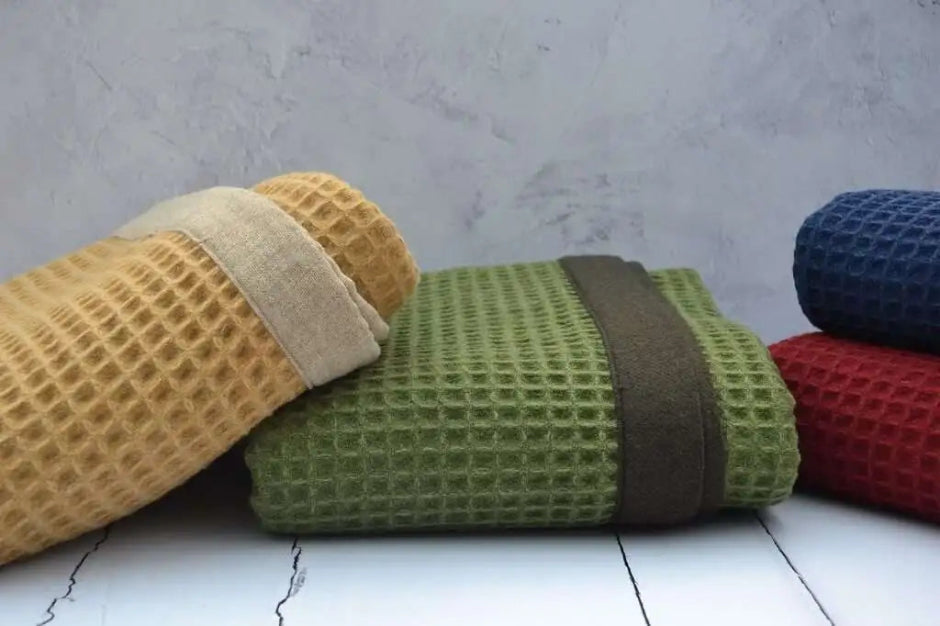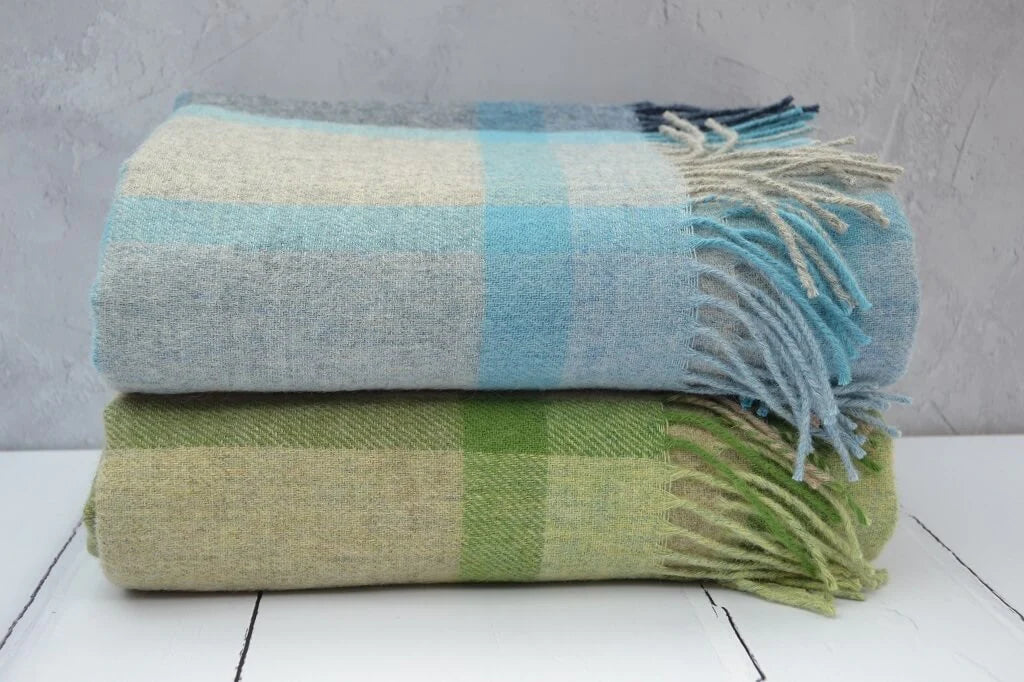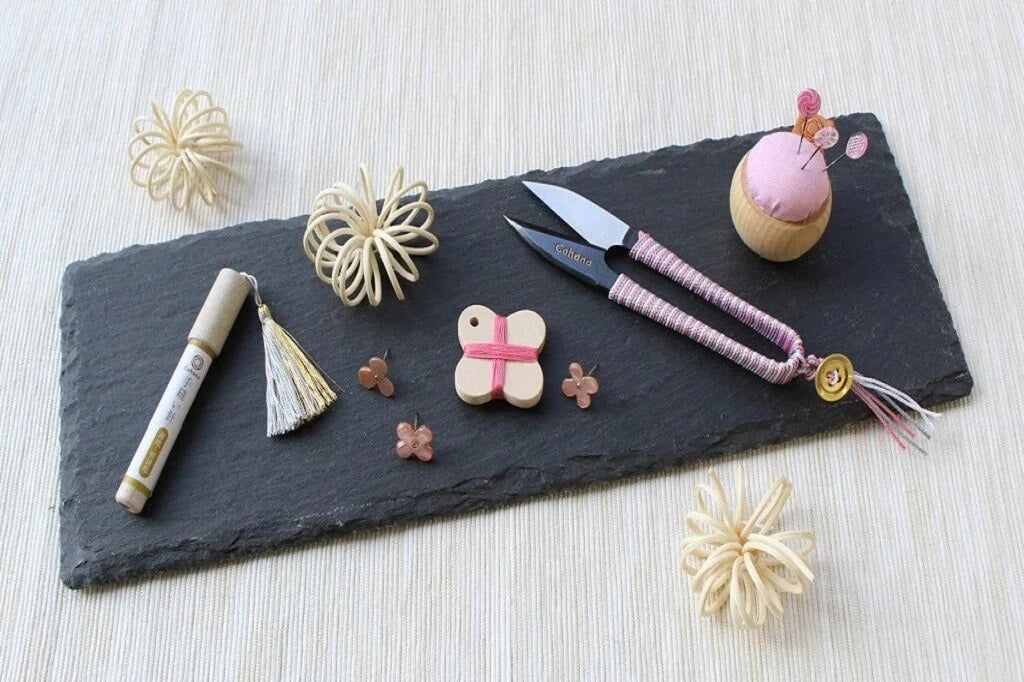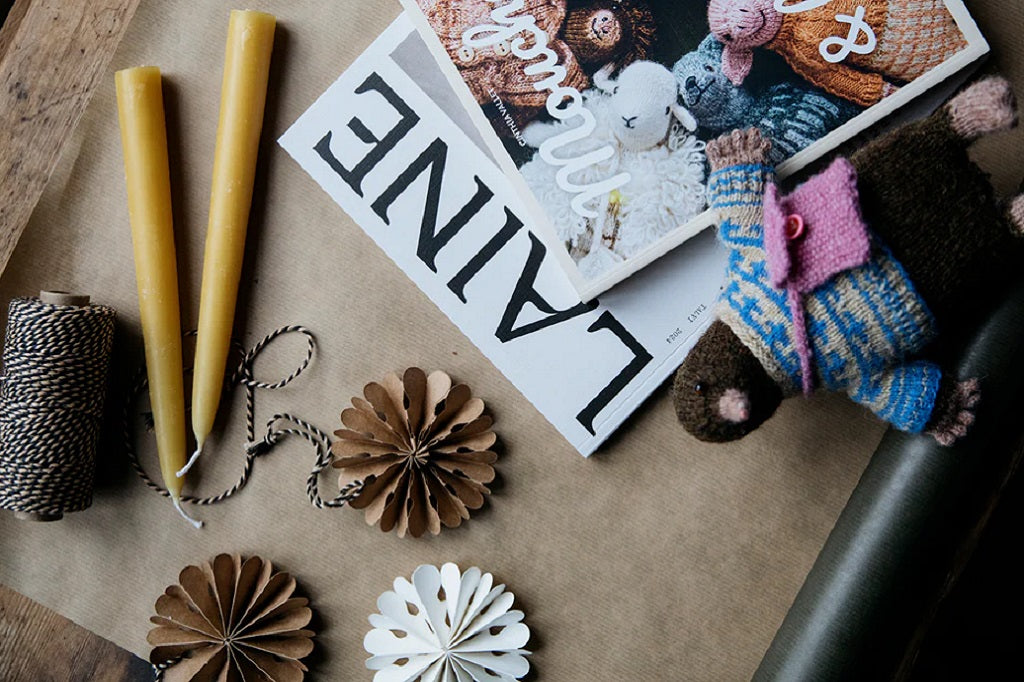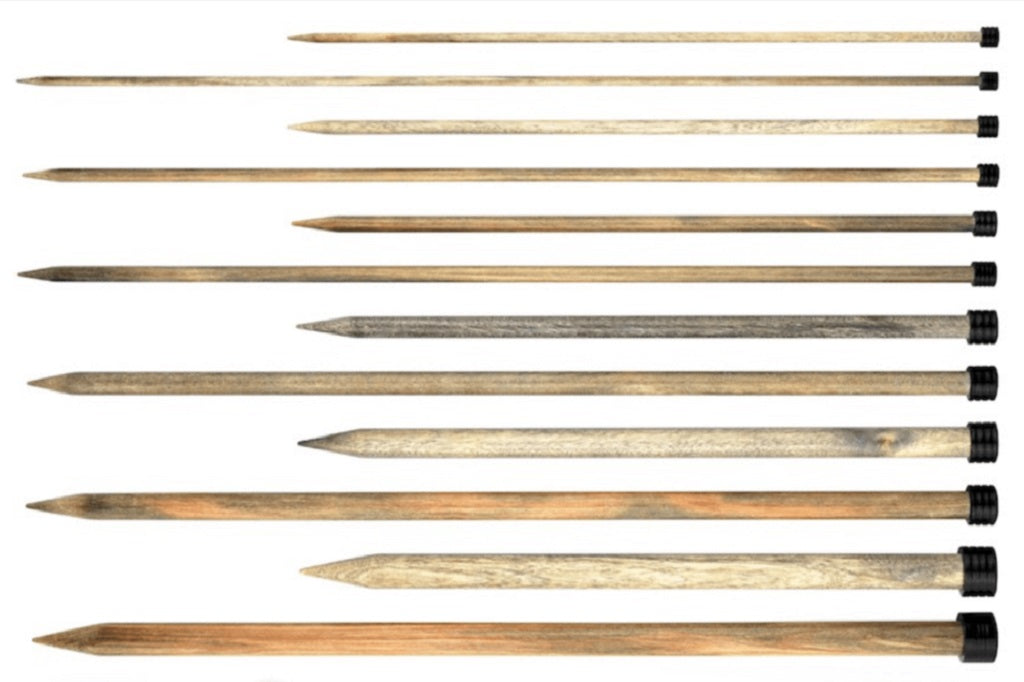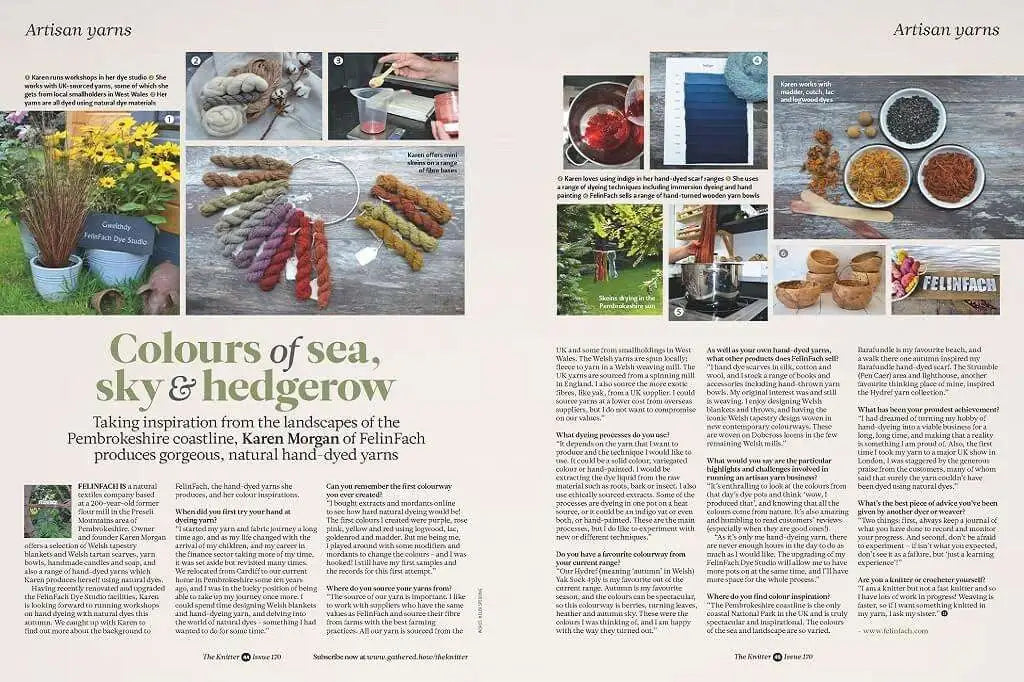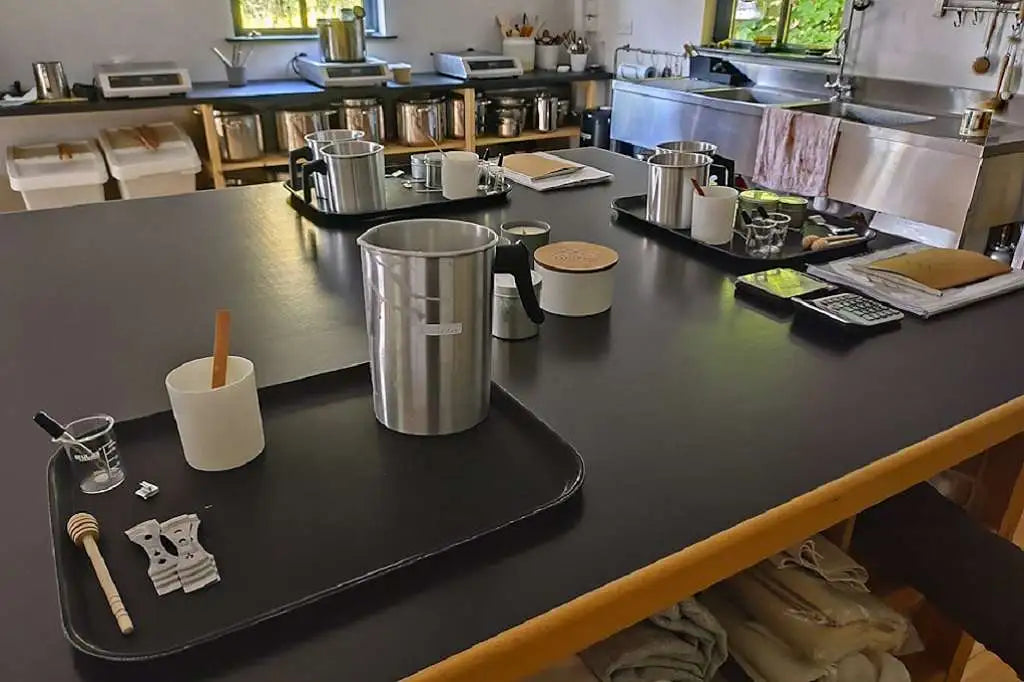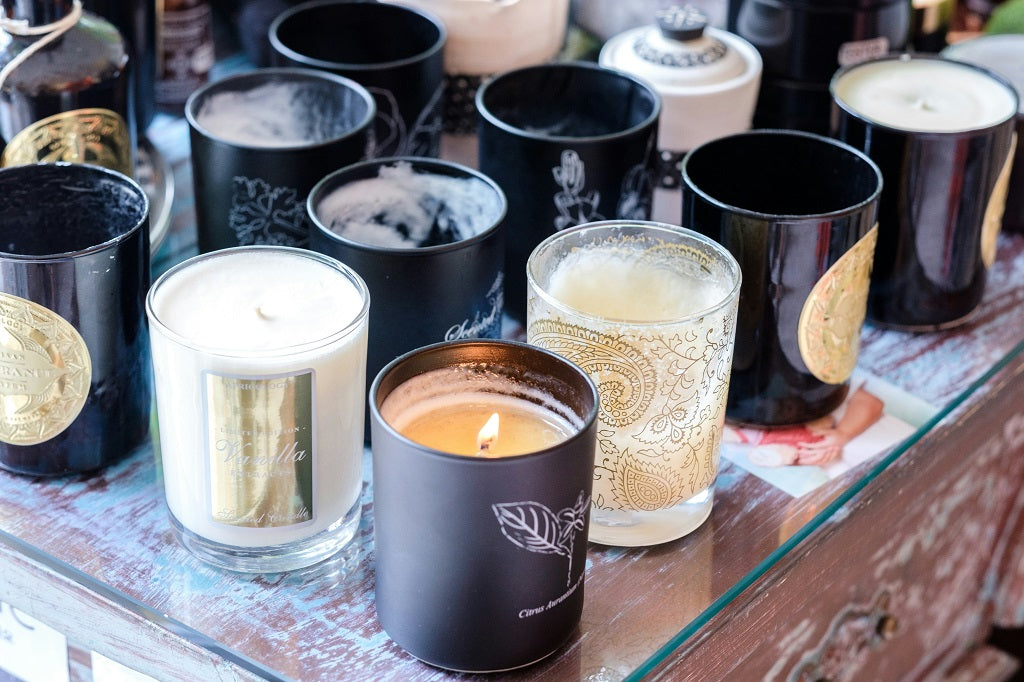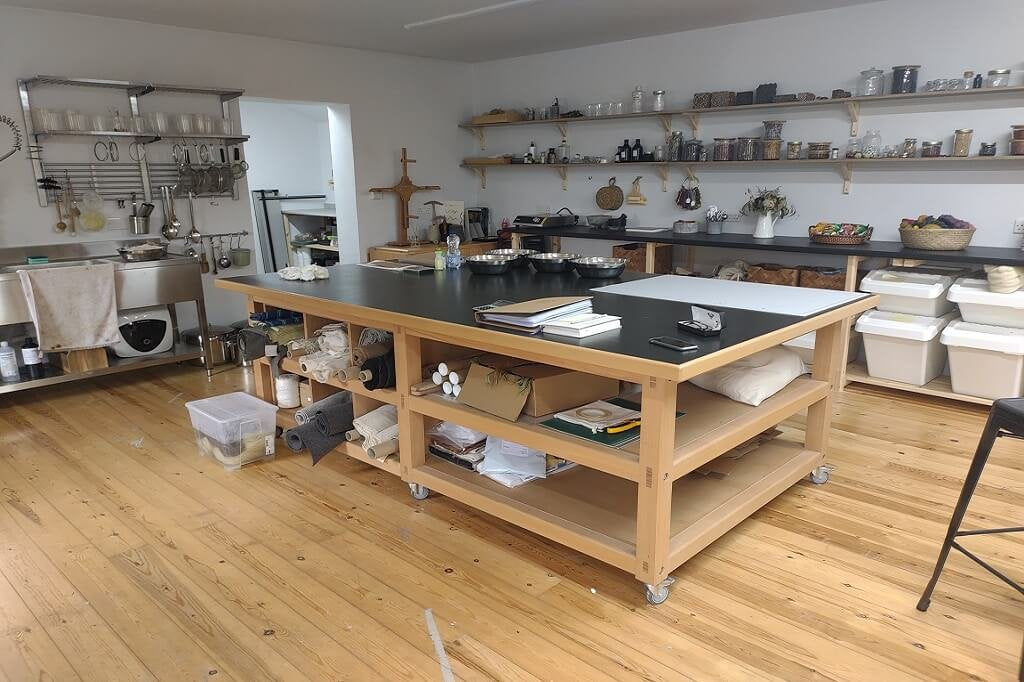Yarn Shop
Welsh Blankets
Clearance Sale
Craft Courses
Mari Lwyd in Wales: History and Current Tradition
The Mari Lwyd (pronounced mah-ree loo-eed, meaning "Grey Mare" in Welsh) is a unique and spooky winter tradition in Wales. It involves a horse’s skull, decorated with ribbons and bells, carried from house to house. This custom is about community, celebrating the season, and keeping Welsh culture alive.

No one knows exactly where the Mari Lwyd tradition started. Some people think it comes from ancient Celtic customs, where white or grey horses were seen as magical and connected to gods and good luck. Others believe it began in the 16th to 18th centuries, as part of winter celebrations where people dressed up, performed, and visited homes. The first written record of Mari Lwyd is from around 1800.
How the Tradition Works
A group of people, often men in the past, would make a Mari Lwyd figure using a real horse’s skull fixed to a pole, covered with a white sheet, and decorated with ribbons and bells. The person carrying it was hidden under the sheet, making the horse look ghostly.


The group would go from house to house, singing and challenging the people inside to a contest of clever rhymes, called "pwnco". If the Mari Lwyd group won, they were invited inside for food, drinks, and more singing. This was a way to bring neighbours together during the dark winter months.
Decline and Revival
In the 19th century, many churches and religious leaders did not like the Mari Lwyd. They thought it was too wild or connected to old pagan customs, so they tried to stop it. As more people moved to cities and fewer spoke Welsh, the tradition faded. By the early 1900s, it was rare to see Mari Lwyd, except in a few villages.
But it never completely disappeared. In the 1960s and 1970s, people began to bring it back, especially in places like Llangynwyd and through folk clubs and museums. Today, the Mari Lwyd is celebrated in many Welsh towns, especially at St Fagans National Museum near Cardiff, where people of all ages can join in.
Modern Mari Lwyd
Now, Mari Lwyd is performed in different ways. Some groups use real horse skulls, while others make them from papier-mâché. The tradition is open to everyone, not just men, and includes women and children. The celebrations often mix old songs and rhyming contests with new music, dances, and costumes.
What Mari Lwyd Means Today
For many people, the Mari Lwyd is a symbol of Welsh culture and the return of light after the darkness of winter. It shows the strength and creativity of Welsh traditions and brings communities together with music, jokes, food, and fun. The Mari Lwyd is also a way to celebrate the Welsh language and keep it alive for future generations.
The Mari Lwyd is more than just a strange old custom. It is a living tradition that connects people to their past and to each other, bringing joy and a bit of mystery to the winter season.
The Mari Lwyd Song
Well, gentle friends
Here we come
To ask may we have leave
To ask may we have leave
To ask may we have leave
To sing.
If we may not have leave,
Then listen to the song
That tells of our leaving
That tells of our leaving
That tells of our leaving
Tonight.
We have cut our shins
Crossing the stiles
To come here
To come here
To come here
Tonight.
If there are people here
Who can compose englynion
Then let us hear them now
Then let us hear them now
Then let us hear them now
Tonight.
If you've gone to bed too early
In a vengeful spirit,
Oh, get up again good–naturedly
Oh, get up again good–naturedly
Oh, get up again good–naturedly
Tonight.
The large, sweet cake
With all kinds of spices:
O cut generous slices
O cut generous slices
O cut generous slices
This Christmas–tide.
O, tap the barrel
And let it flow freely;
Don't share it meanly
Don't share it meanly
Don't share it meanly
This Christmas–tide.
About FelinFach
Located in Pembrokeshire Wales, our ethos is defined in the three words...
NATURAL TRADITIONAL HANDMADE.
- Hand woven iconic Welsh blankets.
- Hand dyed yarn, dyed with natural dyes only - no exceptions!
- Hand poured candles, candle accessories and Candle Making Workshops.
- Natural Dyeing Craft courses.
- Yarn shop, yarn bowls, project bags, tools and accessories for knitters and crafters.
- Welsh Gifts, made in Wales, handmade in Wales.
We are a proud supporter of Americymru the Campaign for Wool, Global Welsh and Red Dragon America.
Other FelinFach Pages
Last updated 28th April 2025

